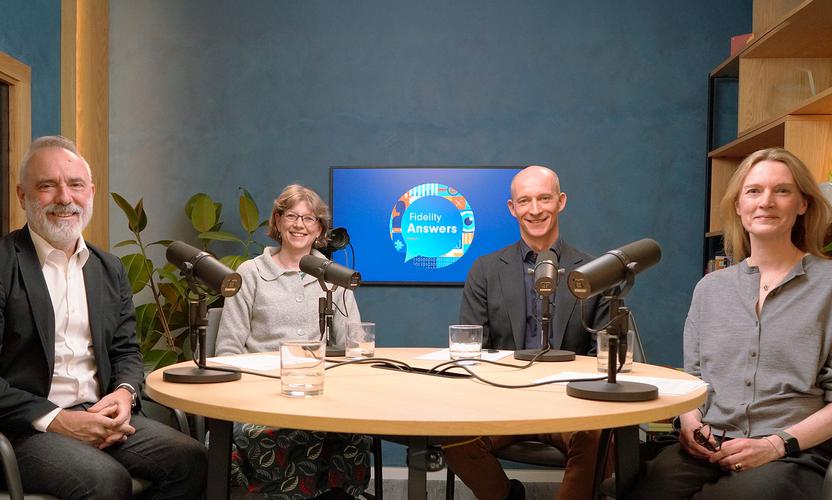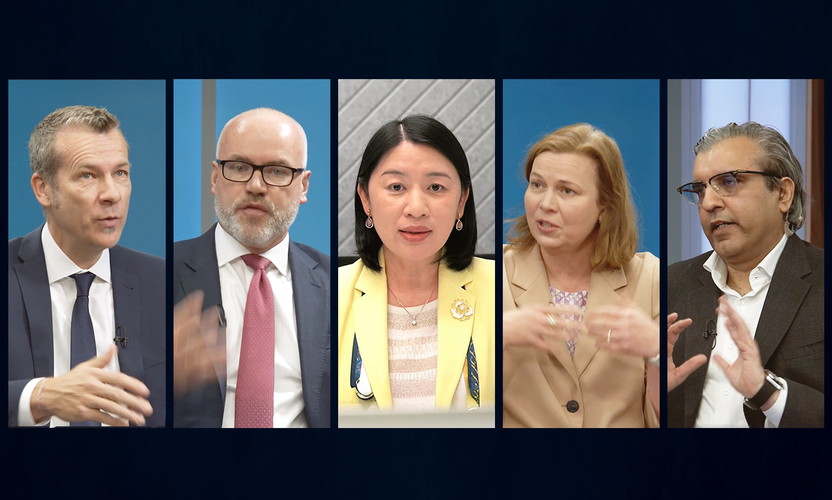Was August just August? It seems not entirely. A jerky market correction in the middle of the US holiday season for once has been followed by another in the altogether more serious territory of September.
There are reasons.
Whatever brand of landing you have your money on, the economy is returning to earth after five years in which abundant government support kept the global wheels turning. At the moment, we believe recent weaker data points are more likely to indicate a soft patch rather than a serious downturn, but investors are reacting, and we are watching growth and labour market indicators closely for signs of further deterioration.
The overall picture is far from bleak. Markets and the global economy have proved consistently resistant since the pandemic and consumers all over the world are still spending. We believe the global economy is not headed for an imminent recession and see signs that we have a rotation more than a sell off on our hands.
Here are our three themes for the final quarter of 2024.
A bumpier path
Importantly, the slowdown is still within striking distance of a soft landing. Central banks have had to put the hammer down to defeat inflation and the overwhelming evidence of recent months is that it has been largely tamed. We expect it will be higher and more volatile than it was through the quantitative easing era, but the stagflation risks of last year look to have been successfully abated.
The price of that is that the US job market is gradually weakening and US consumers are running out of steam - or more accurately savings. We are watching very closely for signs of further damage. Across the Pacific, China’s problems are also still a long way from solved, and we are monitoring the impacts of the recent PBoC stimulus announcement.
The Fed Strikes Back
September’s cuts in US and other interest rates offer hope for a smoothing of the road. The scale of further monetary easing this year is still hanging in the balance, but policymakers are reacting and, freed from the fear of higher levels of inflation, they will continue to do so.
In China, the recent stimulus package unveiled by the PBoC that cut interest rates, mortgage rates and established new monetary tools to support the stock market could have a positive impact on asset prices in the short term. However, it is corporate earnings that drive long-term equity performance, and it is yet to be seen if these latest measures will be enough to boost the long-term economic outlook.
The direction of travel is clear: we are heading for a cycle of further monetary and government support that will seek to cushion any bumps in the economy. Investors are adapting to a drop in rates, and our quant models are no longer advocating a pro-risk stance. We will look to take advantage of any market dips or peaks in election uncertainty as prices move toward a Fed-inspired cyclical upturn. For now, US mid-caps and emerging market government bonds are two of the riskier areas that we believe will perform well in the current environment.
Global concerns
The wildcard is a broadly more complex set of geopolitical risks. We were not the only ones to note a year ago that 2024 would be the biggest year for elections and political risk in decades. Successes for the far right in Germany and France has sent tremors through European politics that threaten to hamper EU decision-making further. The conflicts in the Middle East and Ukraine roll on, with no end in sight, and the US election beckons on November 5th. Policy towards China and trade afterwards will be important, as will the shape of fiscal policy at a time when the reining in of long abundant liquidity on markets has become a reality.
The structural themes of the past year still seem relevant. The commercialisation of AI technologies will continue to develop at pace, governments are pouring billions into electricity grid upgrades, and healthcare is both a good defensive and long-term theme. We are in a mid/late cycle environment, with some key unknowns. This usually produces positive returns albeit with higher volatility. We still believe a ‘soft landing’ is most likely, but as an asset allocator it is important to be nimble to take advantage of opportunities as they arise.
This article has been amended since it was first published to reflect the PBoC announcements on September 24.








































